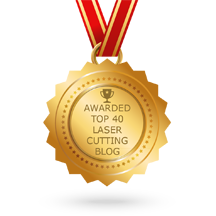
I’ve blathered about heat, post-weld heat treatment, heat sinking, and blown a lot of hot air in general. Mostly, the discussion has focused on weld characteristics and weldability. This blog will take a slightly different angle.
Heat treating can be used for a variety of reasons: strengthening, annealing, stress relieving, and wear resistance to name a few. But, when is the best time to heat treat your welded part?
Generally, the answer is after all other operations are complete. But there are always exceptions.If your material (say 17-4PH stainless) welds well in a hardened condition and the final assembly is quite large, it may make more sense to harden your subcomponents prior to welding and finish machining. That large assembly may require a larger oven, commanding a higher price.
Some of the 400 series stainless steels will tolerate being welding in the hardened condition with excellent strength characteristics retained.
Many grades of (weldable) aluminum do quite well when welded in the hardened condition. That large aluminum case fabrication may not fit into a chamber for heat treatment at all, and may not require any additional strengthening of the weld anyhow.
If you’re working with a material that is not readily weldable in the hardened condition, H13 steel for example, you will want to seriously consider machining and welding it in the annealed state, with the heat treat and temper as one of the last steps in the process. That will ensure that the characteristics of your part are homogeneous and free from defects.
You know I like to toss in a caveat or two into each of these posts, so here’s something to consider.
Just because heat treating beforehand yields a defect-free weld, that does not mean that the weld will always have the same characteristics as the parent material. Consult with an expert who can tell you what to expect in your welded assembly so you can make the best decision possible about heat treatment.










